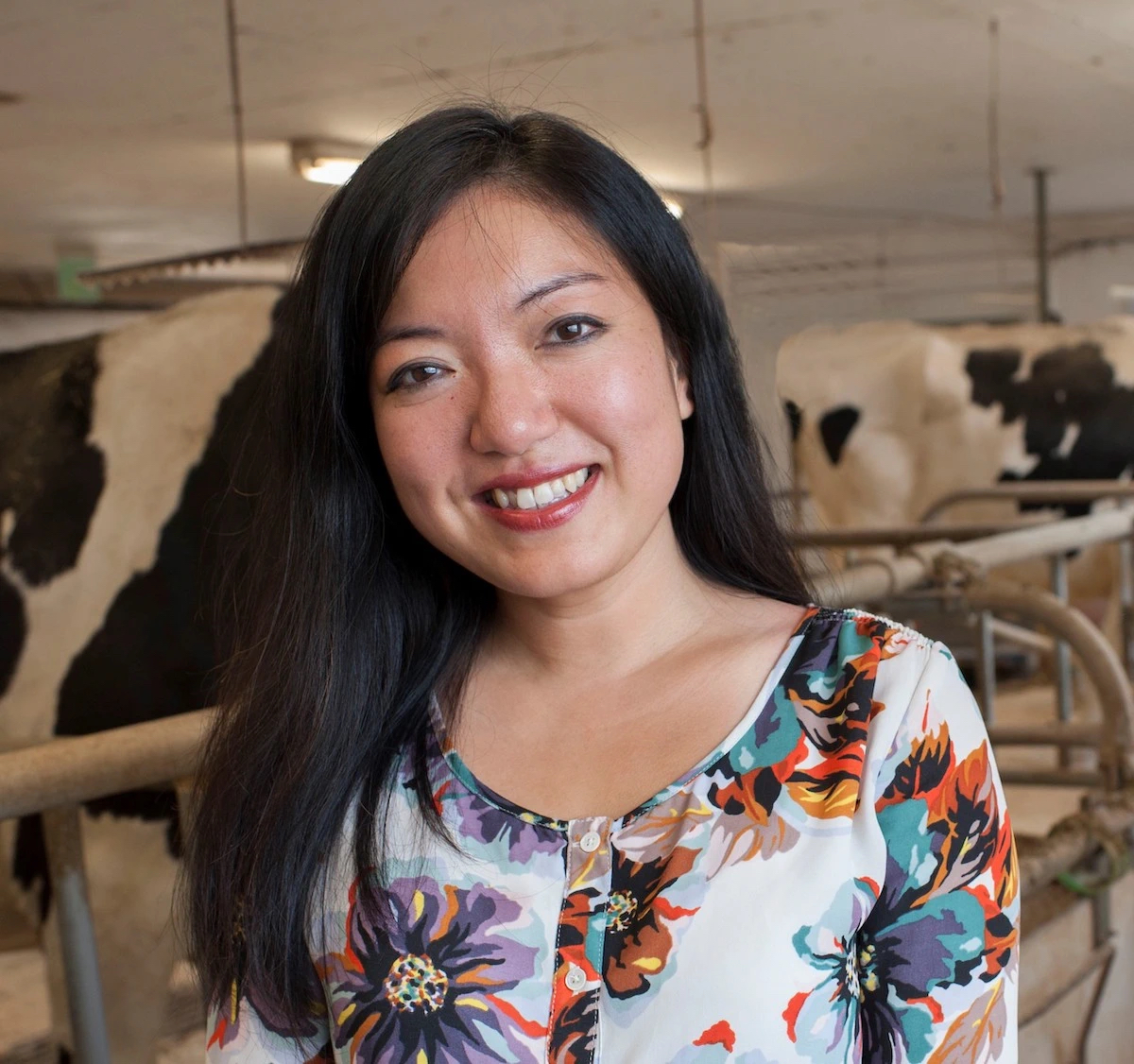Professor David Douches is transforming the process for breeding potatoes — one of the world’s most important food crops. With support from Project GREEEN, Michigan’s plant agriculture initiative, Douches is shifting from breeding traditional tetraploid potatoes (which have four sets of chromosomes) to diploid potatoes (which have two sets). This simplifies the breeding process and allows researchers to more quickly develop new, improved potato varieties.
Why does this matter for putting food on the table? Diploid breeding makes it easier to introduce traits like pest resistance, higher yield and improved food quality. For example, one key breakthrough has been enabling diploid potatoes to self-pollinate, speeding up the development of new varieties. This means that growers can get better potatoes into the ground sooner.
Ultimately, this research helps ensure a stable, affordable supply of potatoes and strengthens the food system. It supports farmers by reducing production costs and improves the sustainability of farming by limiting pesticide use. And for families across the country, it means having healthy, nutritious potatoes on their tables for years to come.
However, while Douches’ work has had worldwide impact, the U.S. Agency for International Development, or USAID, funding was pulled in early 2025.
“The potato is a crop that is grown in many countries around the world, and it is one of our food staples just behind wheat and rice,” Douches says. “About any country you go to, you find that potato production is critical. It is not a crop that you put in containers and ship around the world. It is this living, breathing tube. So, you tend to grow the potato and then use it in that region. But this has now stopped unless funding can be restored so we can help feed people around the world.”
Read more on MSUToday.
Shaping the future of farming
While most farmers are focused on this year’s growing season, scientists at MSU’s W.K. Kellogg Biological Station, or KBS, are looking decades into the future. Their focus is on building farming systems that will remain productive, profitable and sustainable over the long term. That’s why KBS has joined the U.S. Department of Agriculture’s Long-Term Agroecosystem Research, or LTAR, Network, which is a group of 18 research sites nationwide working together to improve agriculture while protecting the environment.

Philip Robertson. Courtesy photo
LTAR’s goal is to explore how to grow more food without harming natural resources. At KBS, this means teaming up with farmers and other stakeholders to study things like soil and water health, climate resilience, pest management and economic viability. By combining scientific research with real-world farming experience, the program aims to develop solutions that work in practice, not just on paper.
“The opportunity to help structure a durable food production system is very exciting,” says Marc Hasenick of Hasenick Brothers Farm, who is partnering on the LTAR. “Our state has an amazing diversity of landscape and production systems that provide the perfect canvas to demonstrate that long-term food production stability and long-term socio-ecological stability must go hand in hand.”
“What’s new and exciting about LTAR is its emphasis on a long-term partnership between scientists and stakeholders such as farmers and others interested in agricultural outcomes to design durable, sustainable farming systems in Michigan and beyond,” says Philip Robertson, University Distinguished Professor in the Department of Plant, Soil and Microbial Sciences and KBS LTAR director. “This allows us to take our long record of fundamental research at KBS to inform practical questions of implementation and outcomes.”
This work is especially important as farming faces challenges from changes in climate and shifting markets. KBS’s LTAR work is helping secure a more stable, productive and sustainable food future for everyone.
Read more on the Kellogg Biological Station website.
The challenges to our food system are real, but so are the solutions. With continued support from federal funding, Spartan researchers can keep working alongside growers and communities to ensure that fresh, safe, affordable food stays on our tables.
For generations, Spartans have been changing the world through research. Federal funding helps power many of the discoveries that improve lives and keep America at the forefront of innovation and competitiveness. From lifesaving cancer treatments to solutions that advance technology, agriculture, energy and more, MSU researchers work every day to shape a better future for the people of Michigan and beyond. Learn more about MSU’s research impact powered by partnership with the federal government.






